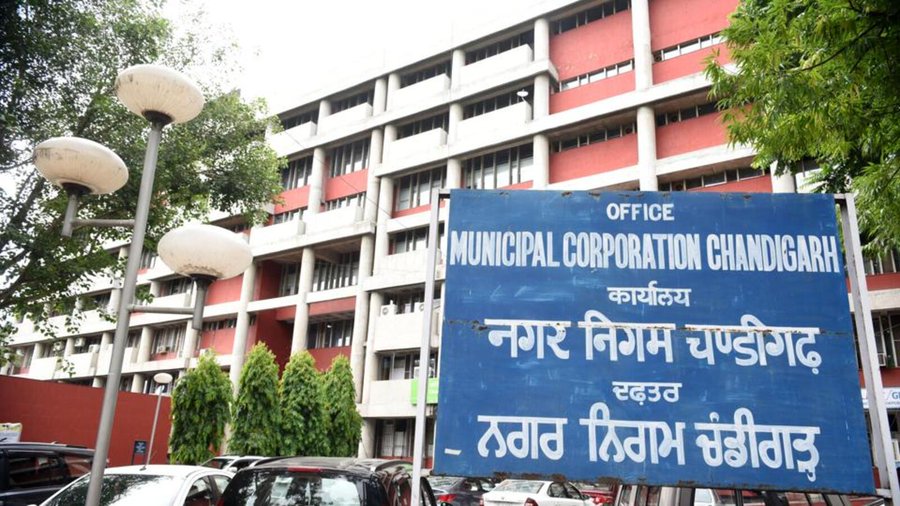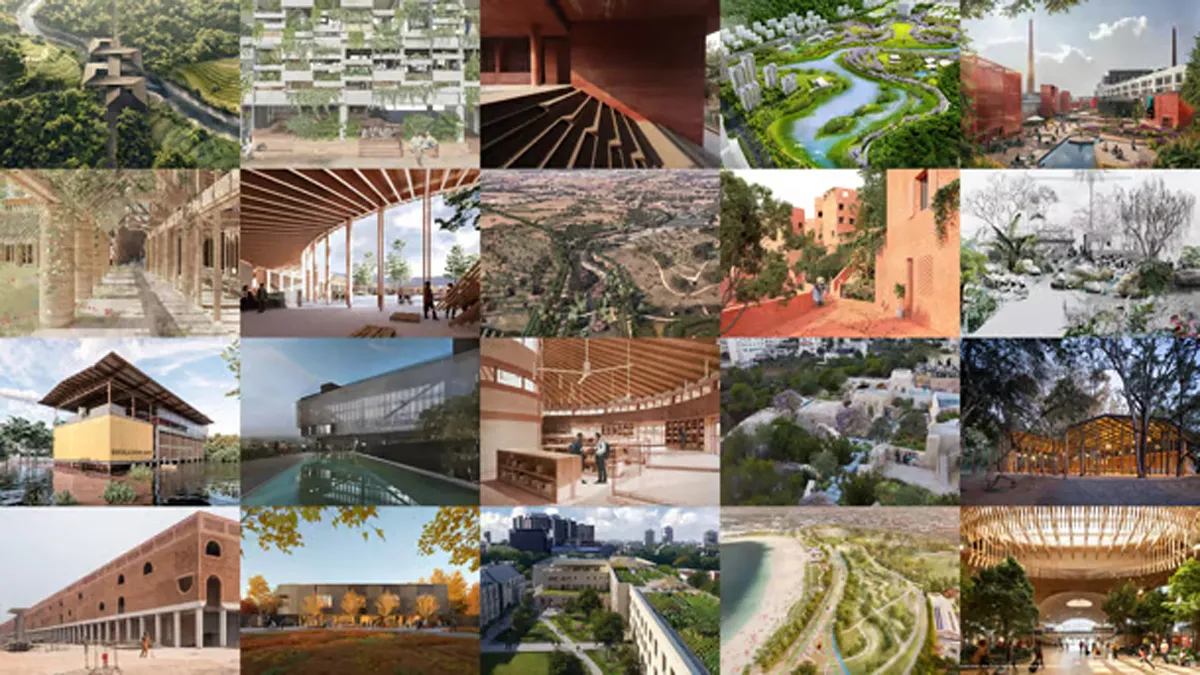
Chandigarh civic body prepares Rs 1,725 crore draft budget

Holcim Foundation Reveals 2025 Sustainability Award Winners
The Holcim Foundation has announced the 20 winners of its 2025 Awards, honouring pioneering projects that redefine sustainability in the built environment. Spanning diverse geographies — from Bhutan to Medellín — the winning entries exemplify how design and engineering can create resilient communities, restore ecosystems, and set new industry benchmarks for responsible construction.“These outstanding projects use the right materials in the right places, engage communities from the very beginning, and treat nature as an essential design partner,” said Laura Viscovich, Executive Directo..

Progota India Secures RDSO Clearance for Kavach 4.0
Concord Control Systems, a leading manufacturer of embedded electronic systems and critical rail-safety solutions, today announced that its associate company, Progota India, has received the Technical Prototype Clearance from the Research Designs and Standards Organisation (RDSO) for Kavach 4.0, the latest version of Indian Railways’ indigenous Automatic Train Protection (ATP) system.With this clearance, Progota has been formally authorized to execute its trial order from South Central Railway and has been recognized as a Developmental Vendor for all upcoming Kavach 4.0 tenders across Indian..

Nupur Recyclers Acquires 5-Acre Industrial Land in Sampla, Haryana
Nupur Recyclers (NRL), a leading name in India’s recycling and industrial waste management sector, announced the acquisition of a 5-acre industrial land parcel in Sampla, Bahadurgarh, Haryana, marking a key milestone in its expansion strategy.Strategically located along the highway, the site offers excellent connectivity and logistics advantages for heavy vehicle movement and material transport. The land, designated for industrial use under the Red Zone, aligns with Nupur Recyclers’ operational and environmental compliance framework. It is free from any legal disputes or encumbrances, ensu..
















